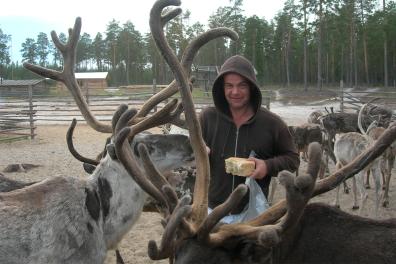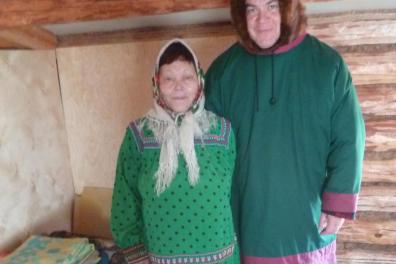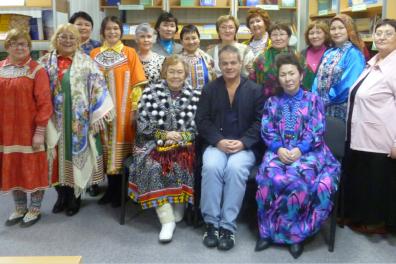Meet Dominique Samson Normand de Chambourg, specialist in Siberian studies (CREE)
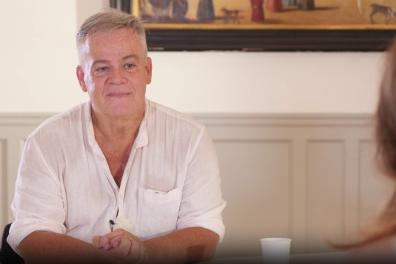
The "Portraits of Researchers in Area Studies" (PEA) is a series of large-format interviews produced by Inalco as part of the Digital Paris Research School of Area Studies (D-PaRSAS) institutional project. Deposited on the MediHal open archive, this series of portraits joins a set of collections on the Language and Cultural Area Studies (LaCAS) platform. These collections aim to build up a living, freely accessible scientific heritage of research on the world's languages, societies and cultures.
Large-format portrait
Video: Meeting Dominique Samson Normand de Chambourg, specialist in Siberian studies (CREE).
An interview conducted by Sarah Gimenez, young researcher (CERMOM) and digital humanities engineer (Direction de la Recherche, de la Valorisation et des Etudes doctorales, Inalco), directed by Alexandre Galitzine, produced by Inalco (27/06/2022, 59mn).
Podcast: Siberian studies. An interview with Dominique Samson Normand de Chambourg
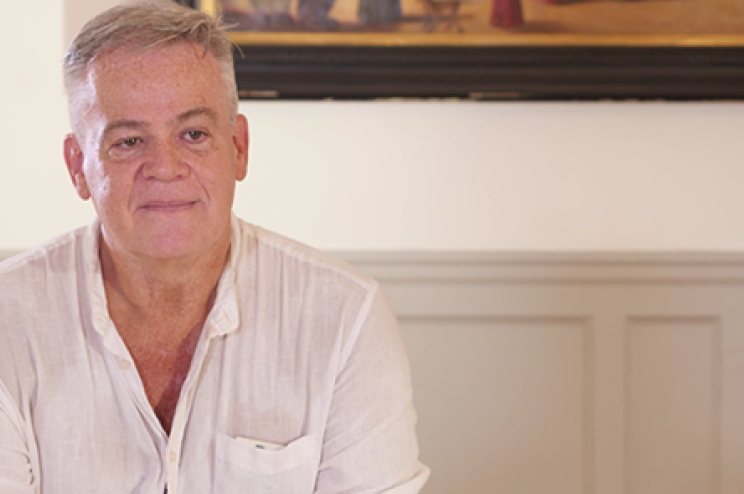
Dominique Samson Normand de Chambourg has been a lecturer at Inalco (Siberian Studies) since 2011, attached to the Centre de recherche Europes-Eurasie - CREE (Inalco). Russianist and anthropologist by training, winner of the Prix de la meilleure thèse de l'Inalco (2010), he mainly studies interactions between three minority indigenous communities of the Siberian Arctic and North - Nenets, Khanty, Mansi - and the Russian world, but also religion (shamanism-Orthodoxy-Evangelicalism), and Siberian independence; in the field, he collects stories of indigenous conversion to the evangelical faith, personal songs and life stories.
.
Author of two books and numerous articles devoted to the Arctic space, indigenous communities and their literature, he also translates indigenous Siberian writers: L'Étoile de l'Aube by E.D. Aïpine (finalist for the Prix Médicis étranger, 2005), Les caresses de la civilisation by Tatiana Moldanova (2007), La chatte qui a sauvé le monde by Roman Rouguine (in collaboration with Carine Puigrenier, 2008). See all his publications.
With students, he co-organized the cycle of lectures and language workshops From the Urals to Siberia (2016), Mondes en regard: Siberia (2018) as part of the Jean Rouch Ethnographic Film Festival, and subtitled the films The Book of the Tundra by Alexandr Vakhrouchev (2012) and Third Class by Ismail Rodion (2016) and the documentary Rappelle-toi, Barbara by Maureen Ragoucy (2019).
He has organized an exhibition: Photographic exhibition: Nenets, Khanty and Mansi of (sub)Arctic Siberia (Inalco, 2019) and participated in the exhibition Skillful gestures of everyday life. Les savoir-faire des peuples sibériens (Humathèque, Campus Condorcet, 2023).
Among his latest media appearances, La Sibérie : un Eldorado glacé (France-Culture, 2022) and "Les minorités ethniques de Russie paient-elles le prix du sang dans la guerre en Ukraine?" (Le Figaro, 2023)
Sur le terrain
